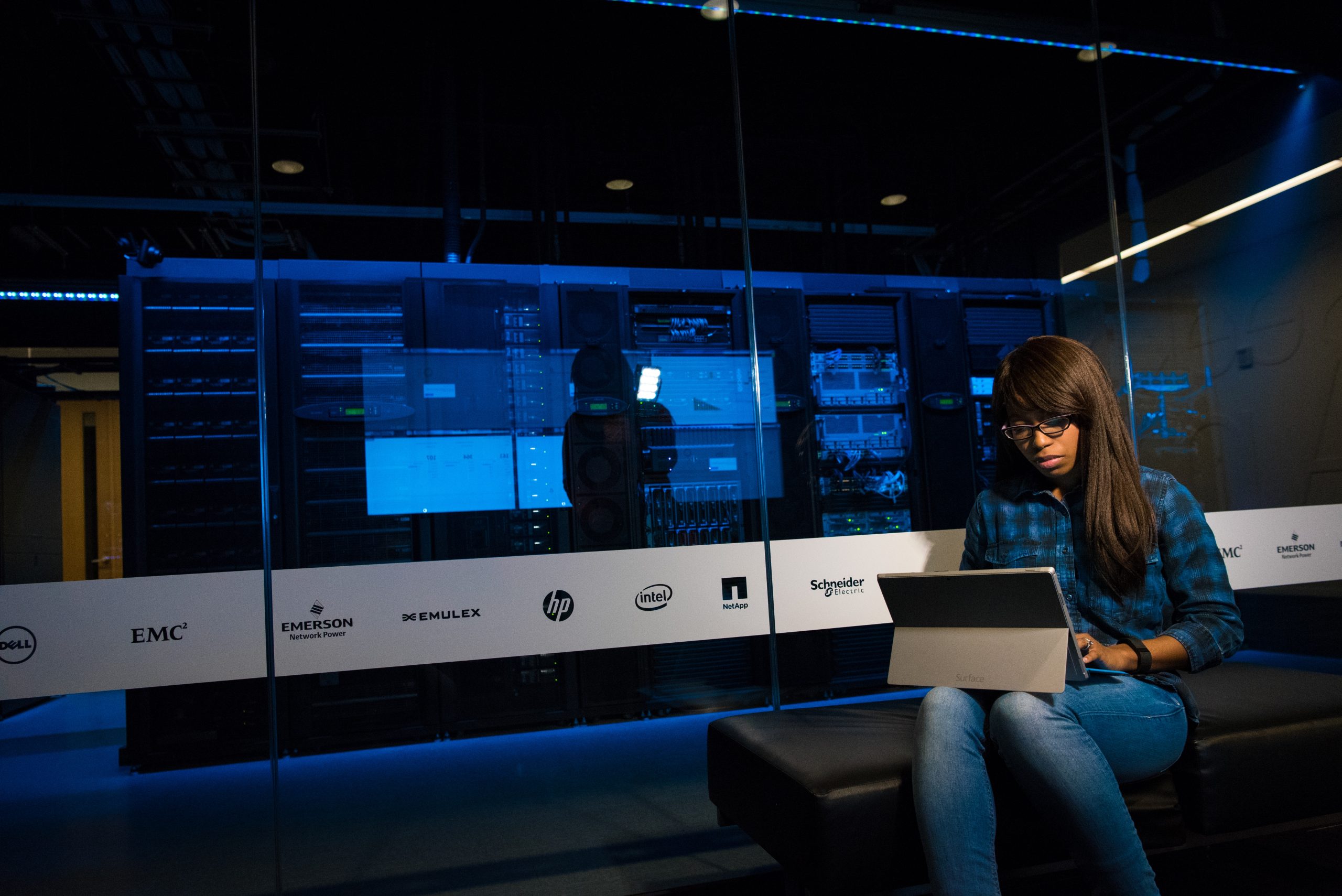Top 10 Ways to Limit Your Attack Surface
How exposed is your business to IT exploit?
With cyberattacks running rampant, every organization is concerned about the ways a hacker might be able to find their way into the corporate network. Insider threat, ransomware, data breaches… there are infinite ways for a company’s data and business to be put at risk.
And yet, at the same time, organizations are opening up to more and more external contractors and facilitating an entire workforce to work remotely, exposing the IT network and critical assets to even more cybersecurity risk.
What is an Attack Surface?
Put simply, an “attack surface” is the entire scope of vulnerabilities, entry points, and exposed systems in an IT network that could be exploited in a cyber attack.
What that means, really, is that your corporate attack surface is the sum total of your workstations, file servers, connected equipment, and IT infrastructure. Every machine that houses or handles data within the IT network is a potential vector of attack and comprises the full attack surface of the corporate system.
Naturally, you want to minimize the size of this surface; the smaller the scope, the smaller the chance of a hacker or cyberthreat finding an entry point and breaching your data.
How to Limit Your Attack Surface
With an expansive IT network covering everything from payroll systems and employee laptops to OT machinery and everything in between, it’s a tall order to reduce the size of your corporate IT infrastructure. Instead, in order to reduce the attack surface, the answer is in locking down entry points and system security.
Here are the top 10 tactics to help limit the attack surface and improve IT security:
- Meet cybersecurity compliance requirements. First and foremost on the minds of most IT security professionals in achieving compliance. Regulations at the state, regional, or industry level are key to not only avoiding professional fines but in achieving a basic, standard level of cybersecurity.
- Monitor and secure remote access. With increasingly dispersed workforces and the growing use of external IT service providers, managing and monitoring remote access to the IT system is critical. Implementing a solution for users with and without elevated privileges to access the assets they need safely and with complete oversight enables productivity, agility, and security.
- Store and protect credentials. Passwords to sensitive IT assets pose a serious risk if lost, exposed, shared, or stolen. Store credentials in a controlled vault and protect passwords against theft and sharing thanks to high-end encryption and automatic rotation. Even an exposed password is rendered useless, protecting your system from the attempted exploit.
- Simplify access with Single Sign-On. Remove the burden of managing a different password for each target application by implementing a seamless single sign-on platform to simplify user access to all business applications.
- Verify identities with multi-factor authentication. Further, secure your IT infrastructure with additional verification that a user is who he or she claims to be. MFA hardens the authorization process with secure identity access management.
- Eliminate privileged accounts and local admin rights from endpoints. With ransomware and malware a constant threat, users with elevated privileges or admin accounts on their endpoints expose your network to serious risk. Drastically reduce the attack surface in one step by eliminating privilege elevation on workstations and other key endpoints.
- Grant independence to employees without admin privileges. Enable users to safely perform software installations, update applications and even reset their Active Directory password autonomously without putting security at risk.
- Eliminate the need for plugins or fat clients. Enable access to IT systems via a secure HTTPS portal, and avoid opening an RDP, SSH, or Telnet connection. No additional plugins or fat clients are needed on endpoints!
- Detect and block unwanted encryption. Automatically detect when a process intends to perform an encryption operation before it is carried out. Block attempts from ransomware and other malicious actors to hijack your systems and data.
- Streamline and secure DevOps activities. Optimize DevOps processes; enable secured automatic access to critical IT resources in real-time without vulnerable, hard-coded credentials left in scripts
With digital transformation in full swing for companies across the globe, the challenge of expanding access to IT resources is in direct conflict with the need to lock down and secure infrastructures from cyber threats. Reducing the attack surface is critical to cybersecurity success while facilitating access is key to business success with remote workers, external contractors, and a dispersed workforce.
Limit the attack surface while enabling agility and productivity with modern, innovative access security solutions.

